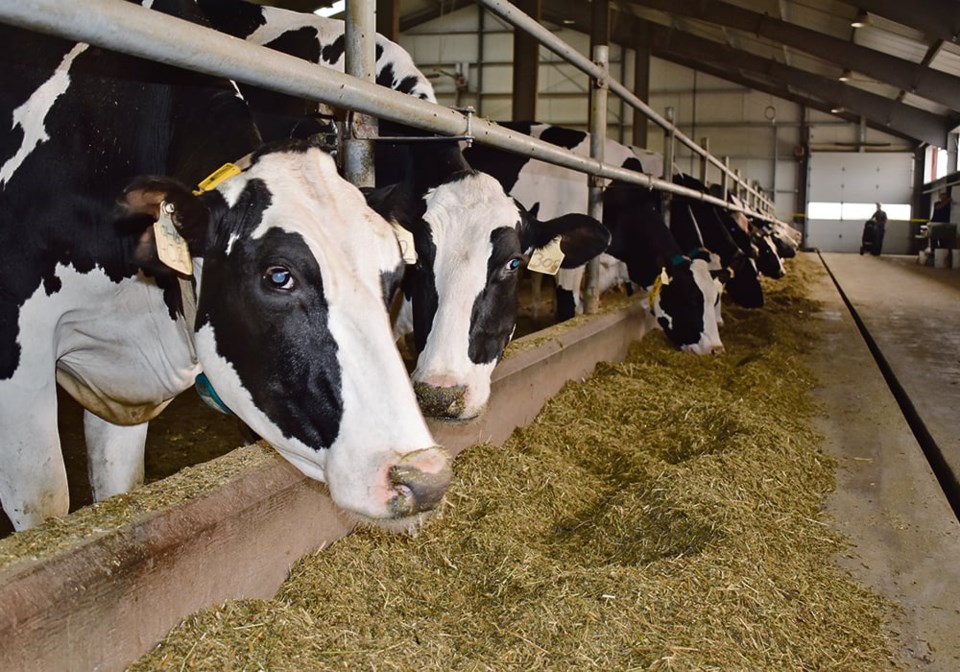WESTERN PRODUCER – A wild waterfowl-borne disease creating milk production problems in Texas, Kansas and New Mexico dairy herds has been identified as a strain of bird flu, the United States Department of Agriculture (USDA) says.
The disease was previously identified as Texas Agalactiae Syndrome. However, genetic sequencing revealed the “mystery illness” as a strain of Highly Pathonogenic Avian Influenza (HPAI) virus that’s existed in the U.S. for two years.
According to AgWeb.com, the USDA says affected dairy cows do not appear to be transmitting the virus to other cattle within the same herd.
HPAI has been known to transmit to humans, but those cases are rare. The U.S. National Veterinary Services Laboratories says it has not found changes to the virus that would make it more transmissible to humans, adding “The current risk to the public remains low.”
AgWeb cites the Texas Animal Health Commission, which said thus far symptoms last 10 to 14 days.
Clinical signs include a sudden drop in milk production with some severely ill cattle are producing thicker, concentrated, colostrum-like milk; a drop in feed consumption and drop in rumen function; loose feces and some fever.
Older cows mid-lactation may be more likely to become severely ill than younger and fresh cows. Dry cows and heifers seem unaffected. Some herds also reported pneumonia and mastitis.
The exact cause of the illness is still unknown.
According to a fact sheet by the European Centre for Disease Prevention and Control, the HPAI virus primarily affects both domestic poultry and wild birds. However, it has also infected mammals.
Federal and state agencies are quickly expanding testing for HPAI, AgWeb reported. They’re also using viral genome sequencing to help understand the situation.
The Texas Department of Agriculture (TDA) also says they are “vigilantly monitoring this outbreak.”
Closer to home, producers are being asked to be diligent in their farm level biosecurity, especially with individuals that have recently been in the U.S.
The Canadian Food Inspection Agency (CFIA) has also asked for heightened border controls around people who have been on farms in the U.S.
Dairy Farmers of Canada (DFC) recommended limiting animal movements from U.S. sources.
If animals are brought from the U.S., they should be quarantined on-farm and monitored very carefully for any illness symptoms, especially those listed above.
Producers are also asked to report any potential symptoms to their local veterinarians. If animals are exhibiting symptoms, raw milk shouldn’t be consumed.
DFC said it’s working with the CFIA to monitor the situation and will continue to update should there be further developments.
The HPAI virus has hit Canadian poultry operations in recent years. In 2022, 1.4 million birds were culled on Alberta farms due to HPAI.

